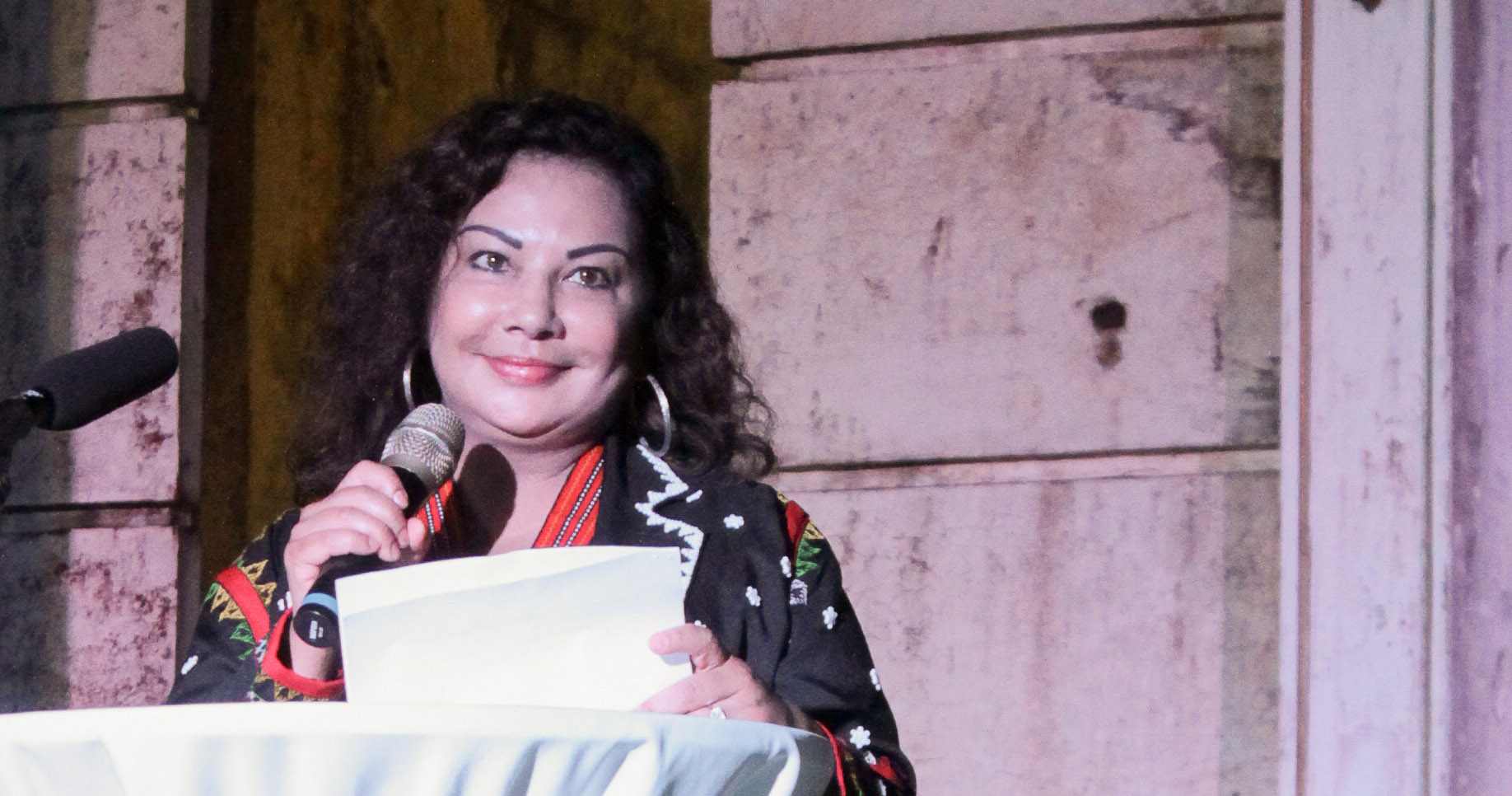Baguio City, Philippines– A triumph for the creative communities throughout the Philippines; this is how Lila Shahani described Baguio claiming the country’s first UNESCO Creative City designation during ENTACool: the Creative Festival in 2018 that signified putting Baguio on the map of global artistry and creativity.
“Baguio is, and always has been, a world-class Creative City. Tatlong dekada na po kini-kilala ang mga manlilikha dito sa Baguio ng buong mundo!”
The Secretary-General of the Philippine National Commission to UNESCO shared her first encounter with the iconic Baguio Arts Festival. She recalled how witnessing artists such as Roberto Villanueva, Santi Bose, Kidlat Tahimik, Ben Cab, Willy Magtibay, Laida Lim, Katrin de Guia, Tommy Hafalla took her breath away.
“The gifted and iconic Baguio Arts Guild left a deep impression on me. It was my first time to experience that ethereal feeling of being here, surrounded by the lush green environment that the people of Baguio call home — with its Igorot culture and vibrant arts community.”
Unfortunately, the festival was not able to sustain itself. Between sourcing the financial demand, and getting their exhibits ready on time, the wonderful artists of Baguio found it difficult to wear the organizer and the artist’s hat.
What made Baguio a creative city?
The synergy of artistic sectors generating local business enterprises is mainly responsible for Baguio’s designation of being a Creative City, said Shahani.
As the home of two National Artists: Kidlat Tahimik and Ben Cab, Baguio does not run short of artist-run efforts and private initiatives that resulted in creative centers, like the BenCab Museum, the Maryknoll Ecological Sanctuary, Victor Oteyza Community Art Space, Tam-awan Village, Easter Weaving Room, Narda’s Handicrafts, the Ili Likha Artists Watering-hole, Asin Woodcarvers Village, and Café by the Ruins.
Apart from this, Baguio has benefited from the conjunction of rich Igorot culture, on the one hand, and artistic cosmopolitanism, on the other.
What this means for Baguio
The attachment of UNESCO’s name to the city is a form of investment. She took Vigan as an example of how UNESCO-inscripted places can benefit from its status.
Prior to 1999, Vigan was merely a second class municipality with an annual revenue of P27 million. The city’s annual revenue has also increased more than 12 times since 1995. It also reduced the unemployment drastically from 45 percent to 8 percent in the past 23 years.
With the prestige that comes with the inscription, the responsibility for the place is also weighed down on the government. This is because a UNESCO inscription will only be as permanent as the place is in a good condition.
“To ask artists and craftspeople on their own to not only create and curate, but also to finance, the arts community as a whole (as the Baguio Arts Guild had done in the 80s,) is not only unrealistic — it’s a pathway to burnout and cynicism.”
For Shahani, the cooperation of the art community, the government and private institutions is the way to go to ensure that Baguio’s triumph will not be short-lived.
“I add the commitment of my office and my own personal energy to propel the Baguio arts community to an even higher level of brilliance.”








